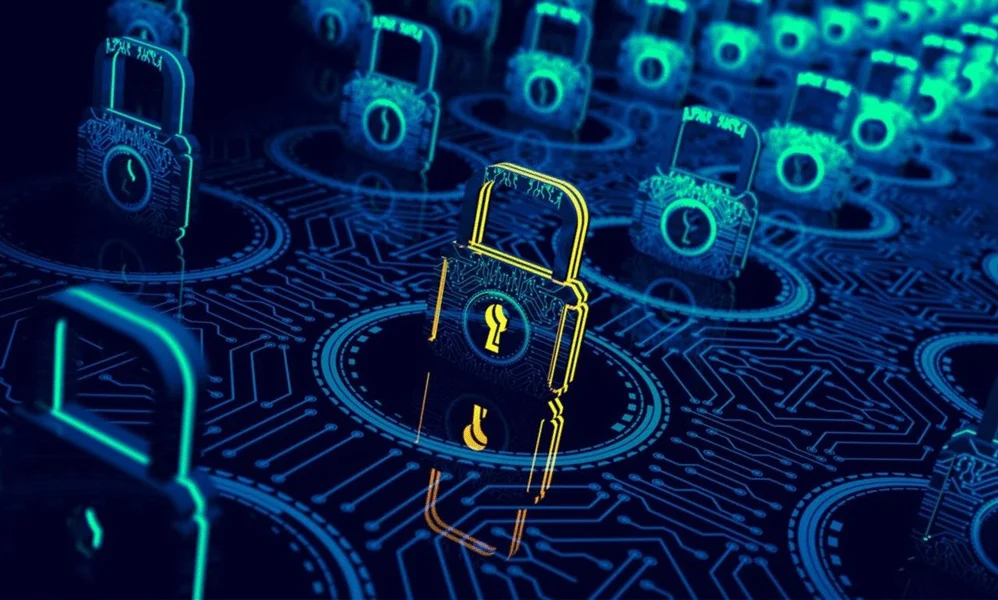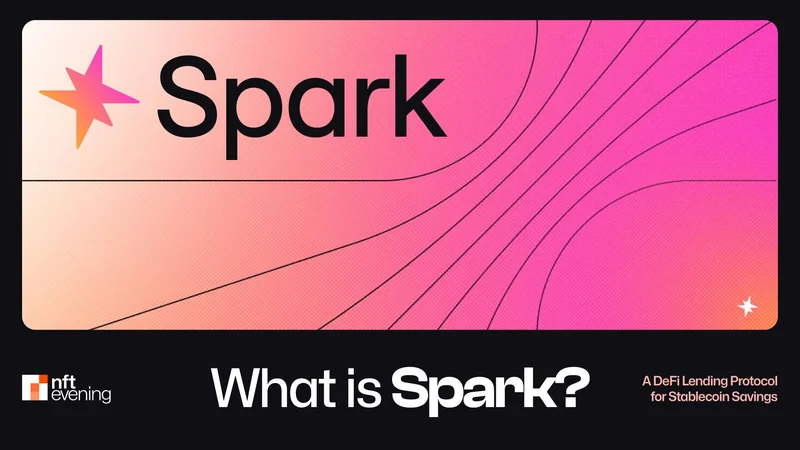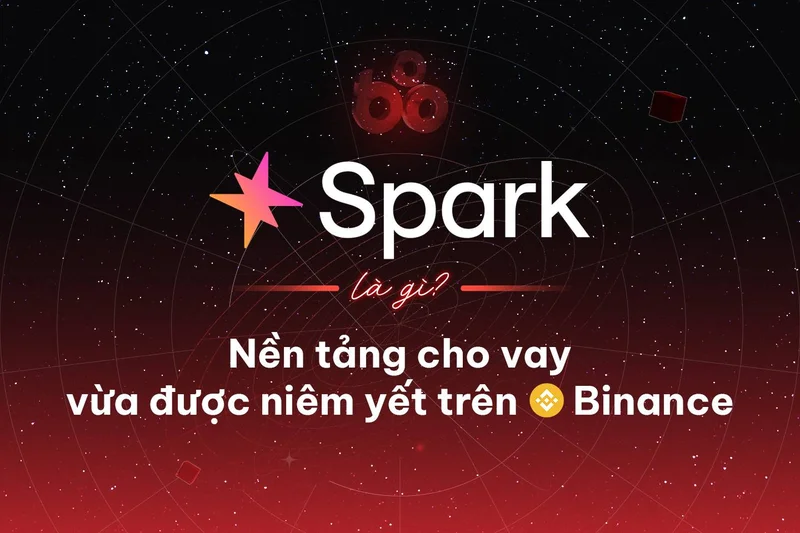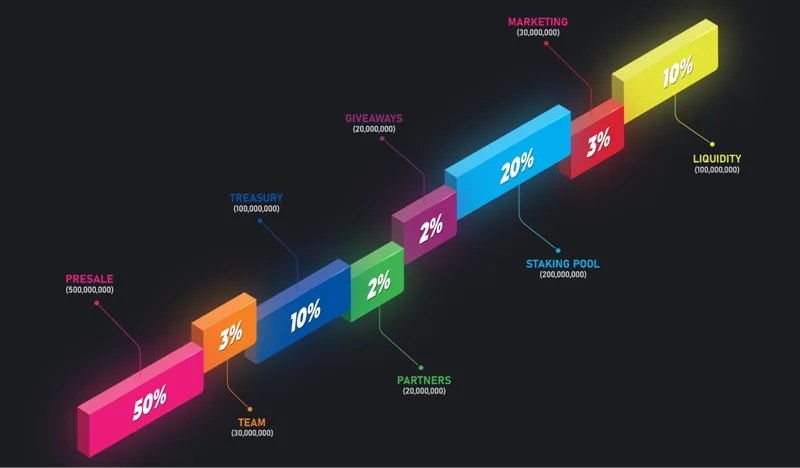The application of blockchain in Identity Verification is a cutting-edge technology field, especially notable for its significant advantages in enhancing security, privacy protection, and decentralized control. Below is a detailed explanation of how to utilize blockchain for identity verification, including its principles.

Basic Concepts of Blockchain Identity Verification
The key to using blockchain for identity verification lies in ensuring the security, transparency, and immutability of identity information through a decentralized and tamper-proof distributed ledger. Traditional identity verification relies on centralized institutions (such as governments and banks), whereas blockchain technology offers a means of verification that does not require trusting third-party institutions.
Principles of Blockchain Identity Verification
Decentralized Identity Management:
On the blockchain, users have control over their identity data, rather than relying on a centralized third party (such as the government or companies) to manage it.
Users' identity data is stored in encrypted form on the blockchain, and only the users themselves can control and share this data.
Distributed Trust and Verification:
Blockchain verifies the authenticity of identity data through consensus mechanisms. Each node can validate the information on the blockchain, meaning there is no single point of control, and the authenticity of data is collectively guaranteed by all participants in the network.
Users prove their identity using a private key, similar to a digital signature, while other participants verify this identity using a public key. This method ensures the security of identity data.
Immutability and Transparency:
Once data is recorded on the blockchain, it cannot be altered. Any changes will be recorded on the chain and notified to all nodes.
This guarantees the immutability of identity data, preventing anyone (including malicious attackers) from fabricating or tampering with identity information.
Identity Verification Process
User Creates Identity:
Users first create a unique public-private key pair on the blockchain. This private key is known only to the user, while the public key serves as a public identifier.
Simultaneously, users can generate an encrypted identity credential (which may include personal information such as date of birth, name, etc.), and this credential is encrypted using a hashing algorithm and stored on the blockchain.
Identity Data Verification:
When users need to prove their identity, they can selectively share part of their encrypted identity information (for example, a hash value on the blockchain), and the verifier can query the authenticity of this information through the blockchain.
Users sign this data using their private key, and the verifier confirms the signature using the public key, ensuring that the data comes from the correct user.
Multi-Party Trust and Verification:
Some blockchain identity systems also utilize reputation systems or trust distribution mechanisms. This means that users' identity information can be verified by multiple trusted third parties (such as governments, banks, universities, etc.), and these verification records are stored on the blockchain. Other institutions can query these verification records without needing to re-verify all identity details.
This mechanism allows the credibility of user identities to accumulate over time, reducing the complexity of the verification process each time.
Advantages of Blockchain Identity Verification
User Data Control:
Users own their identity data and have complete control over when and to whom they share specific information. This concept is often referred to as Self-Sovereign Identity (SSI), empowering users with greater privacy protection and data control.
Privacy and Data Security:
Because identity data is stored encrypted on the blockchain, only users who possess the private key can unlock and share this information, preventing the risk of centralized database leaks.
The immutability and distributed structure of blockchain ensure the transparency and security of data, even if individual nodes are attacked, the entire system remains intact.
No Need for Intermediary Verification:
Traditional identity verification requires trusting third parties, such as governments and banks, whereas blockchain technology replaces the need for trusted third parties through mathematics and cryptography.
This not only speeds up the verification process but also reduces intermediary costs.
Globalization and Interoperability
Blockchain identity verification can be used across borders without relying on any centralized identity systems of specific countries or institutions. It can provide identity verification services on a global scale and can interoperate with other blockchain networks or applications.
Challenges of Blockchain Identity Verification
User Experience:
For ordinary users, understanding and using public-private key pairs and blockchain wallets may be relatively complex. Improving user experience and simplifying operational processes is an urgent issue to address.
Legal and Regulatory Barriers:
Blockchain identity verification systems may face different legal frameworks and regulatory requirements in various countries, which could pose obstacles to implementing global identity verification.
Data Recovery:
If users lose their private keys, they may no longer access or control their identity information, so reliable private key recovery mechanisms need to be developed.
Practical Application Cases
Civic: Civic is a blockchain-based identity verification platform that allows users to create and manage their identity information through its application. When users need to verify their identity, Civic can quickly confirm their identity through the blockchain without exposing excessive personal data.
uPort: uPort is a self-sovereign identity platform based on the Ethereum blockchain, allowing users to create, manage, and control their digital identities on the platform. It also enables users to share identity information across different applications and services.
Sovrin: Sovrin is a blockchain platform focused on self-sovereign identity, aimed at providing decentralized identity verification services for users globally. It supports multiple forms of identity verification and ensures the security and credibility of identity data through numerous global nodes.
FAQ
Q: How does blockchain identity verification address identity theft issues?
A: Blockchain identity verification utilizes encryption technology and a decentralized structure to prevent identity theft. Since users' data is stored in an encrypted format, only users with the private key can access and share their identity information. Additionally, the immutability of blockchain ensures that once identity information is recorded, it cannot be forged or altered, providing robust security for identity verification.
Q: Does blockchain identity verification comply with data protection regulations like GDPR?
A: Blockchain identity verification faces challenges in complying with data protection regulations like GDPR, as GDPR requires users to have the right to delete their personal data at any time. However, the immutability of blockchain complicates the deletion of information. Therefore, developers need to design solutions that comply with these regulations, such as implementing data "pseudonymization" or handling user deletion requests through smart contracts.
Q: How do users manage and protect their private keys?
A: Users can manage and protect their private keys in various ways, including using hardware wallets, paper backups, and encryption software. Hardware wallets are physical devices designed specifically for storing private keys, providing an additional layer of security. Additionally, users should avoid using their private keys on public networks and regularly change their passwords to enhance security.
Q: How does blockchain identity verification address data interoperability issues?
A: To achieve data interoperability, blockchain identity verification platforms typically adopt open standards and protocols that allow for data exchange between different blockchains and systems. Furthermore, using APIs and cross-chain technologies can help ensure compatibility between various identity verification systems, thereby facilitating the flow and sharing of information.
Q: How does the cost of blockchain identity verification compare to traditional methods?
A: While the initial implementation cost of blockchain identity verification may be high, including expenses for development and deployment of technology, it can lead to economic benefits by reducing long-term operational costs and decreasing reliance on intermediaries. Additionally, the automation and efficiency of blockchain systems can shorten verification times and improve user satisfaction, resulting in cost savings over the long term.
Related Articles

What is SparkLend? A Beginner-to-Advanced Guide to Decentralized Lending Made Easy
SparkLend is a decentralized, non-custodial liquidity market protocol built on the Ethereum blockchain. Simply put, it functions like a bank without intermediaries, allowing users to borrow and lend d
June 26, 2025
What is sUSDS? How Do I Acquire sUSDS?
This guide will walk you through Sky Savings’ sUSDS and sUSDC—your gateway to earning yield with stablecoins while keeping your funds secure.Sky Savings: Your Journey to Stablecoin Yields Begins HereW
June 26, 2025
What is SparkLend? A Complete Guide from Beginner to Pro
SparkLend is a decentralized, non-custodial liquidity market protocol that allows users to participate as lenders or borrowers. Lenders provide liquidity to earn passive income, while borrowers can ta
June 24, 2025
What Exactly Does Spark Protocol Do? A Complete Guide
This guide will walk you through Spark Protocol — an innovative platform designed to tackle the long-standing issue of fragmented liquidity in the DeFi space. You'll learn how to earn yield, borrow as
June 24, 2025
RXS Token Trading Guide: From Presale to Uniswap – A Complete Walkthrough
This guide will walk you through the trading process of the RXS Token, from the restrictions during the presale phase to free trading on Uniswap, helping you trade securely and efficiently.1. Introduc
June 24, 2025
